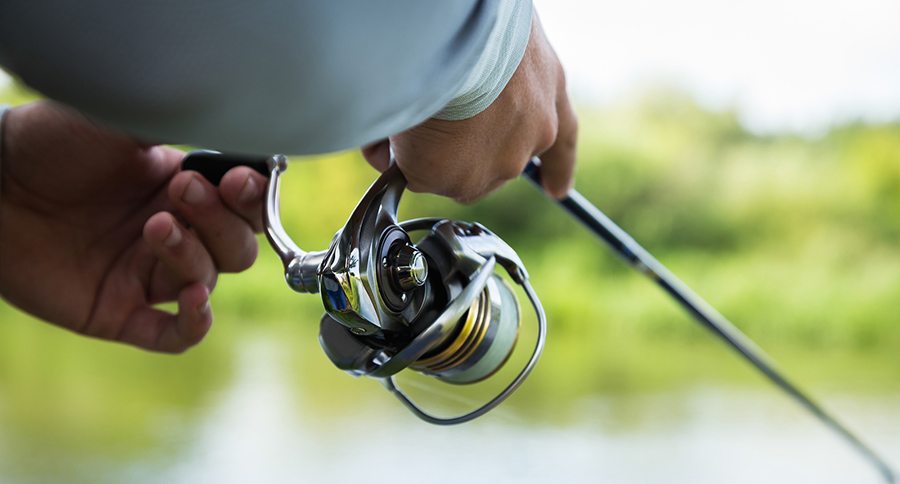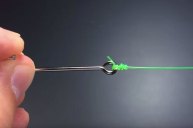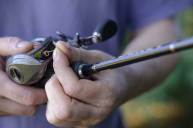Set these essential fishing knots to memory.
Refined skill of casting and artful knots are two elements that all anglers must master. From strengthening your line to increasing your efficiency, knots can help an angler greatly enhance his or her fishing experience.
Out of the hundreds of knots to learn, here are the five most essential that will enhance your fishing experience.
Improved Clinch Knot
An Improved Clinch knot is one of the most important knots in fishing. It is commonly used by anglers for securing their hooks, lures or swivels. This kind of knot isn't recommended for heavier lines, over 30 pounds of test line is the limit. The Improved Clinch is reliable in the attachment of a small diameter tippet or even a heavy wire hood. The extra loop and tuck will increase its holding capabilities, making it a strong knot that can endure a good fight.
Palomar Knot
The Palomar knot is a strong standby — it resists slipping and retains 100 percent of the line's original strength. It is an alternative to the Improved Clinch, as it also secures a hook or swivel onto the line. The Palomar is a recommended knot for fluorocarbon fishing line. Overall, it is easy to tie, but you may find difficulty in passing the fly or hook through the knot's loop. Make sure you create a loop large enough for avoidance of any tangles.
Blood Knot
If you need to join two fishing lines together, use the Blood knot. It is used commonly in fly fishing and is good for repairing broken fishing line. With the right fishing rod, this knot is unstoppable. The strength of the knot varies on the number of turns on each side of the center. Five to seven turns will ensure the knot's resistance and strength. When you pull the it tight, it changes in structure. When each line is pulled, the wrapped turns redistribute the twists and will interchange the inner strand and outer wrap.
Six-Turn San Diego Jam Knot
Field and Stream magazine tested various types of terminal knots and determined that the Six-Turn San Diego Jam is the strongest. The knot wraps around both the tag end and standing line, which creates a better cushion. It is stronger than a Clinch Knot, since it wraps around more than one strand. It dates back to WWII where it was utilized with a monofilament line. It is also a great knot for braided and fluorocarbon lines. The number of turns used in this knot should be decreased with size — use seven to eight turns for a 10-pound line and around three turns for a 40-pound line.
Eugene Bend Knot
The Eugene Bend knot, also referred to as the Eugene Slip Knot, is a great knot for monofilament and fluorocarbon fishing lines. This knot will help you attach your fly, connect two pieces of line and add a tippet section to the end of your leader. It's quick, simple and strong. When you tie the knot, keep an ear out for a click or pop when you pull it tight. This sound will happen when you tie it correctly.
There is plenty more information and gear over at Cabela's Tackle Shop worth checking out, so when you do get out on the water, you're as ready as you'll ever be.
WATCH
NEXT: THESE ARE THE BEST BASS FISHING LURES YOU CAN RIG UP




